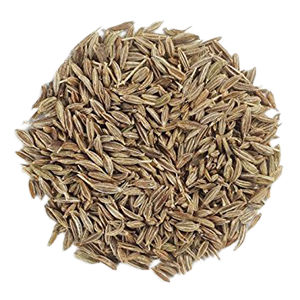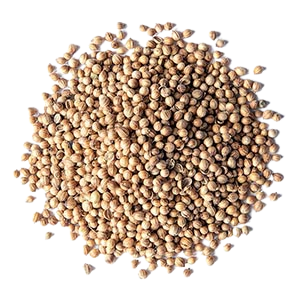
February
16
- 117 Comments
Cumin Seed
Cumin is the dried, white fruit with greyish brown colour of a small slender annual herb. The surface of the fruit has 5 primary ridges, alternatively has 4 less...
Read moreWe provide leading solutions to agricultural and Agro Industrial.

16
Cumin is the dried, white fruit with greyish brown colour of a small slender annual herb. The surface of the fruit has 5 primary ridges, alternatively has 4 less...
Read more
16
Coriander is native to South-Eastern Europe and is cultivated extensively in India. This herbaceous crop grows up to 2 feet in height with branching stems that feature deep-green soft,...
Read more
16
Yellow peas are a great non-GMO protein source and are becoming more prevalent in feed rations with protein percentages ranging from 21–25. They contain high levels of carbohydrates, are low in...
Read more
16
Pulses or legumes are an integral part of Indian cooking, which forms a key component of a wholesome meal plan. dal, the storehouse of good quality plant protein replete...
Read more